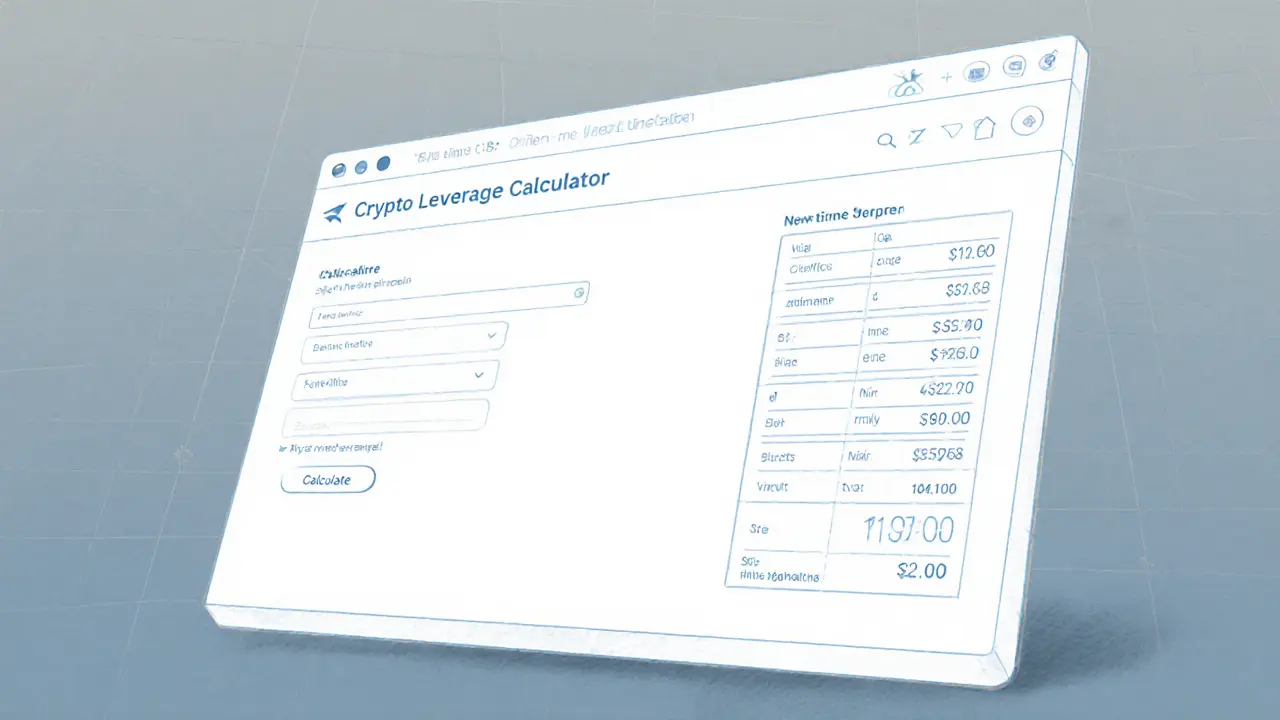Delta Exchange Leverage Explained
When diving into Delta Exchange leverage, a feature that lets traders boost their market exposure by borrowing funds on the Delta Exchange platform. Also known as Delta leverage, it combines the concepts of margin trading and crypto derivatives to amplify potential gains – and losses.
Leverage trading requires a margin account, which holds collateral to cover borrowed positions. The underlying derivative contracts, such as futures or perpetual swaps, define the price exposure you amplify. Effective risk management, including stop‑loss orders and position sizing, is essential because a small market move can erase the collateral. Understanding how order types – market, limit, or conditional – interact with leveraged positions helps you avoid unwanted slippage and control liquidation risk.
What to watch before you start
First, check the maximum leverage offered for the asset you want to trade; Delta Exchange often caps it between 5x and 20x depending on volatility. Second, calculate the maintenance margin – the equity level that triggers a liquidation – and keep a buffer above it. Third, compare the funding rates on perpetual contracts; a high rate can erode profits over time. Finally, use the platform’s built‑in risk tools – like auto‑deleveraging and margin alerts – to stay ahead of rapid market swings. Below you’ll find a curated set of articles that walk through order‑book dynamics, fee structures, and real‑world examples of leveraged trading on Delta Exchange and other major crypto venues.
Delta Exchange Review: Fees, Leverage, Security & Trading Experience
A detailed Delta Exchange review covering fees, leverage, security, trading tools, pros and cons, plus a comparison table and FAQs for crypto derivatives traders.
VIEW MORE
